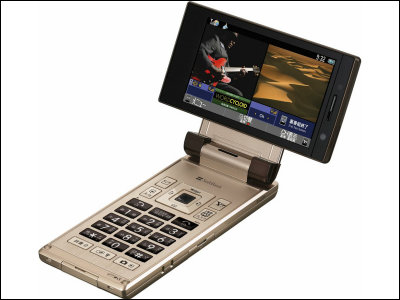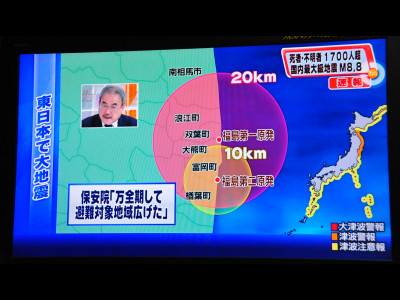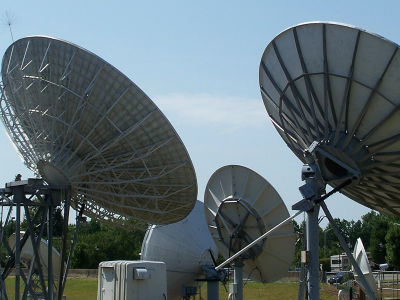Technologies that NHK introduced into East Japan great earthquake disaster report

From May 26 to 29, the Setagaya WardNHK Broadcasting Technology LaboratoryAt the annualSTRL OpenWas done.
NHK played a major role in the coverage of the Great East Japan Earthquake that occurred on March 11, and exhibitions were also held on cutting-edge technologies used in the report.
What kind of technology was capturing the figure of Fukushima Daiichi Nuclear Power from outside 30 km, details are as follows.
NHK Broadcast Engineering Laboratory | NHK STRL
I came to the NHK Broadcasting Technology Laboratories in Kutanaga Setagaya Ward.
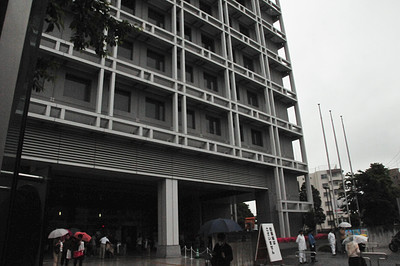
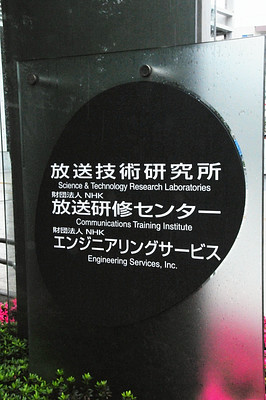

A lot of people attended the venue to see the latest technology.
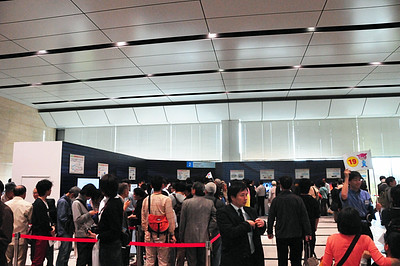
Technologies used for earthquake coverage etc. were displayed in the corner "Broadcasting technology useful in emergency disasters and examples of utilization in the Great East Japan Earthquake, etc".

The state of Fukushima Daiichi Nuclear Power Station was the most clear for NHK helicopter picture for a long time.
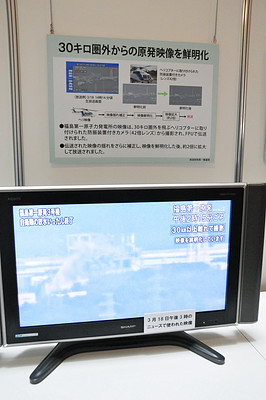
That image was taken with a camera with anti-vibration function attached to a helicopter (42x lens)FPUIn addition, it was sharpened by correcting the shaking of the image and it was doubled and used for broadcasting.
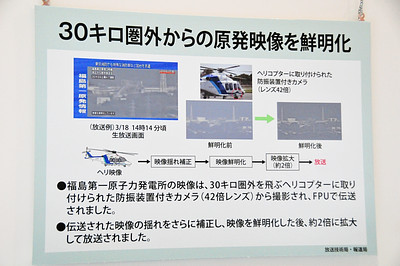
An EM - CCD camera is installed on the ground. The characteristic of the EM-CCD camera is that it does not cause image sticking, so you can shoot with wide range of brightness regardless of day and night.
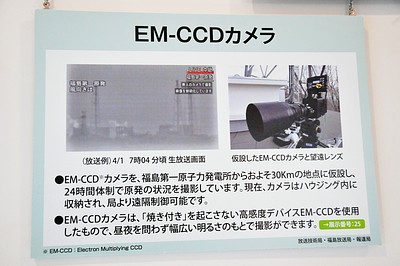
Broadcasting stations have no meaning unless broadcast waves can be issued. Therefore, NHK seems to be equipped with emergency generator and uninterruptible power supply at facilities. As a matter of course, thanks to these lost losses, we were able to receive stable broadcasts for 24 hours.
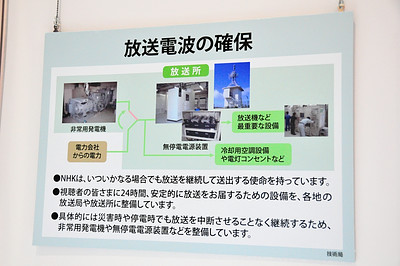
This is a super HARP camera.
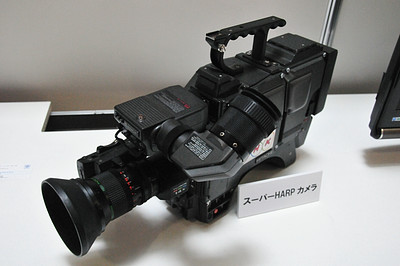
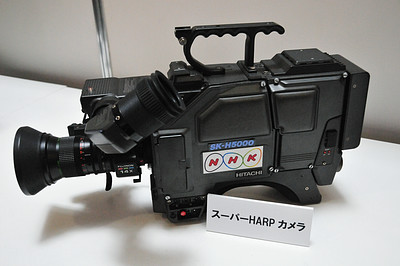
It was able to shoot clear videos even at night, and was used to shoot rescue images from the landslide scene at the time of the Chuetsu Earthquake.
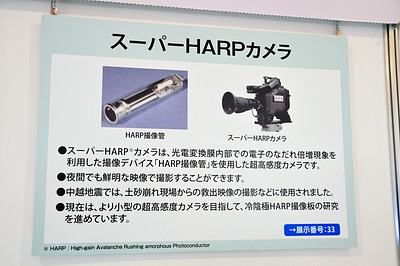
Skip back recorder

You can accumulate video for 10 seconds and you can catch the first moment video shake which does not make it if you record it after the earthquake occurred.
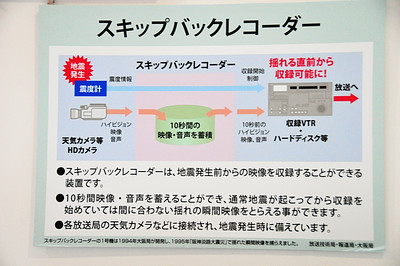
Practical example at the venue. The left is the current picture, right is the picture 10 seconds ago.
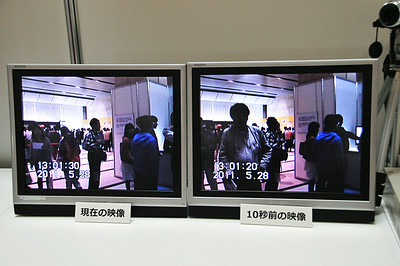
There was a man in front of the camera ten seconds ago, but now you can see that it is gone.
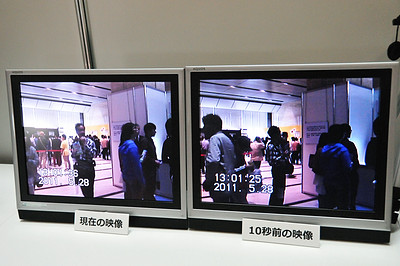
A robot camera that was extremely helpful at the time of a quick report. In Hachinohe, Miyako and Kamaishi the camera installed near the port was delivering shocking images. It seems that 460 cameras are installed nationwide.
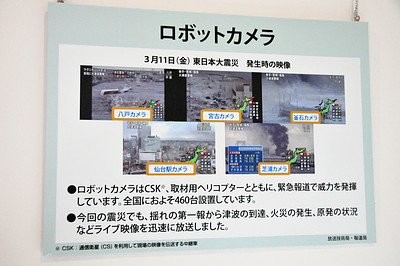
Safety message post
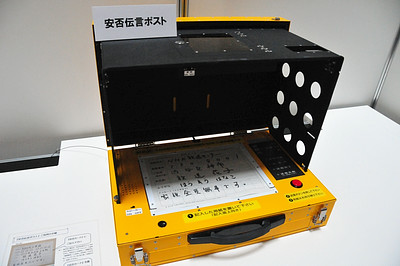
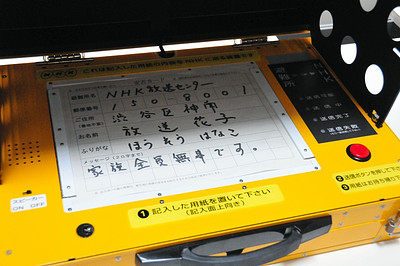
Safety card information is sent to NHK easily, in the East Japan great earthquake five units were installed.

In this way, just fill out the evacuation destination, name, and message on the safety card and press the "send" button.
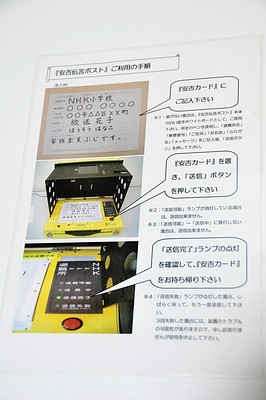
In ETele (NHK Education), it seems that we broadcasted safety information and evacuees information for 99 hours and 40 minutes from the day of the earthquake disaster occurrence.
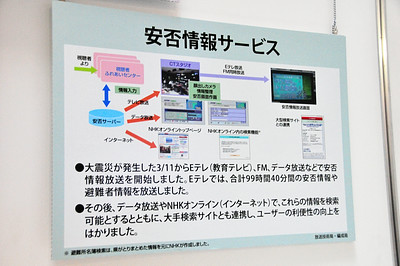
In the future, it is said that the development of technology to receive emergency earthquake bulletin by 1 Seg radio, automatically start up the terminal, and convey the bulletin will be advanced.
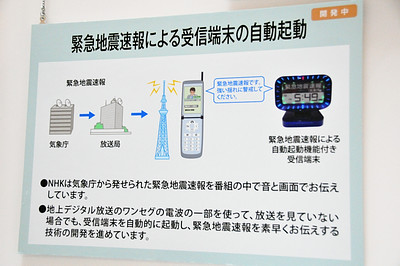
Related Posts:

